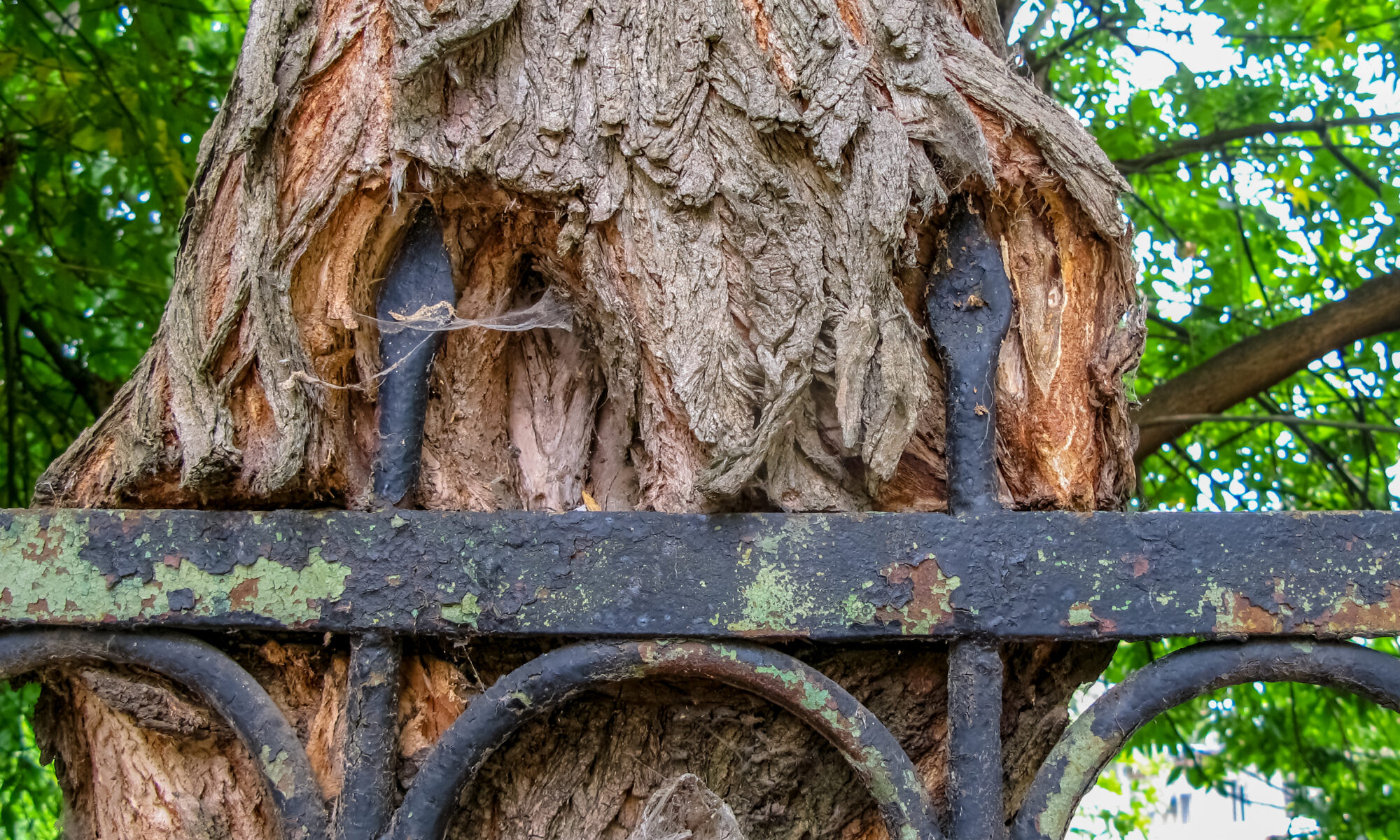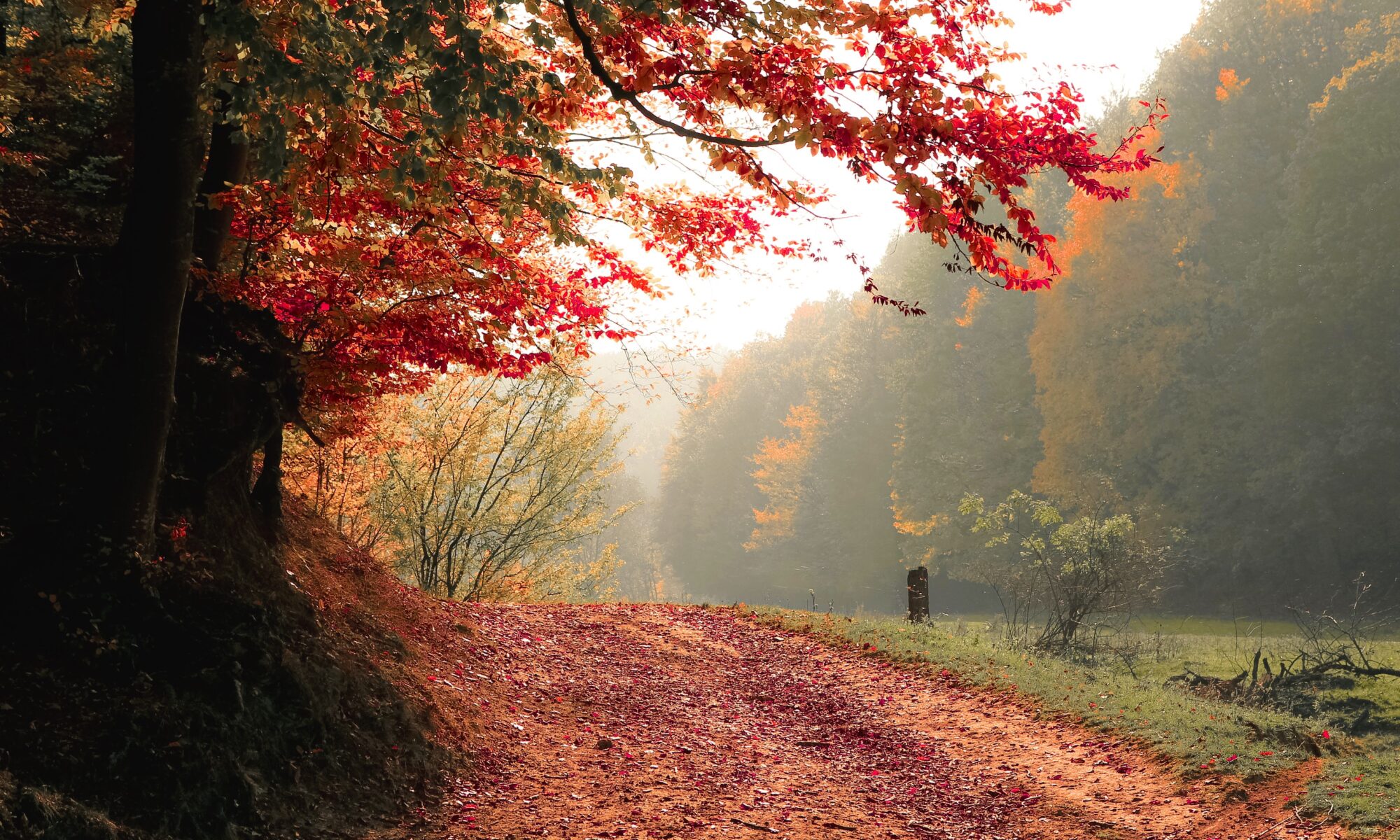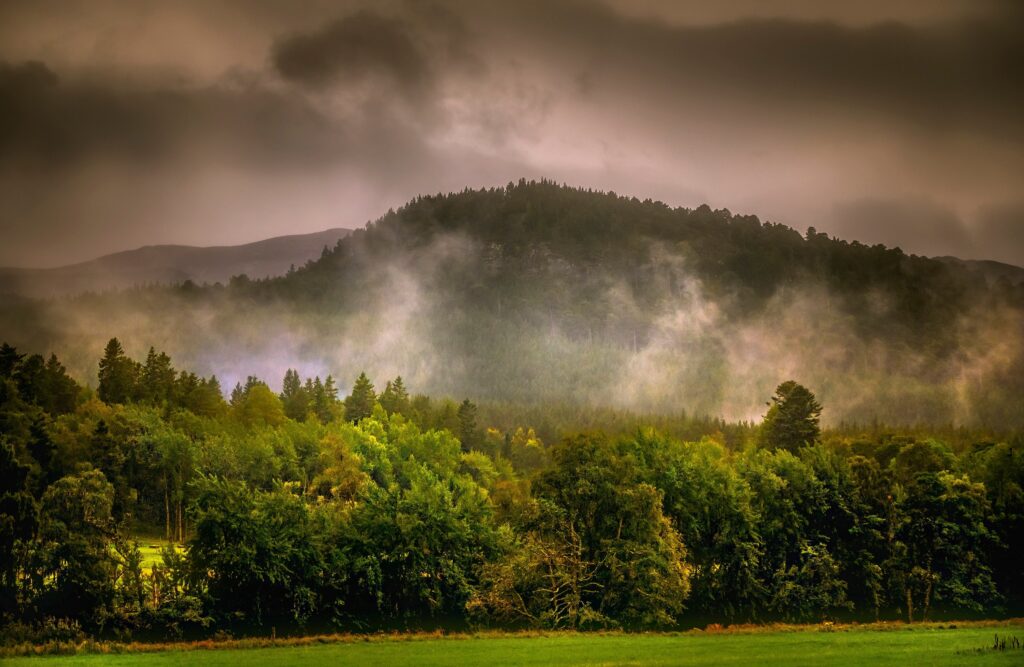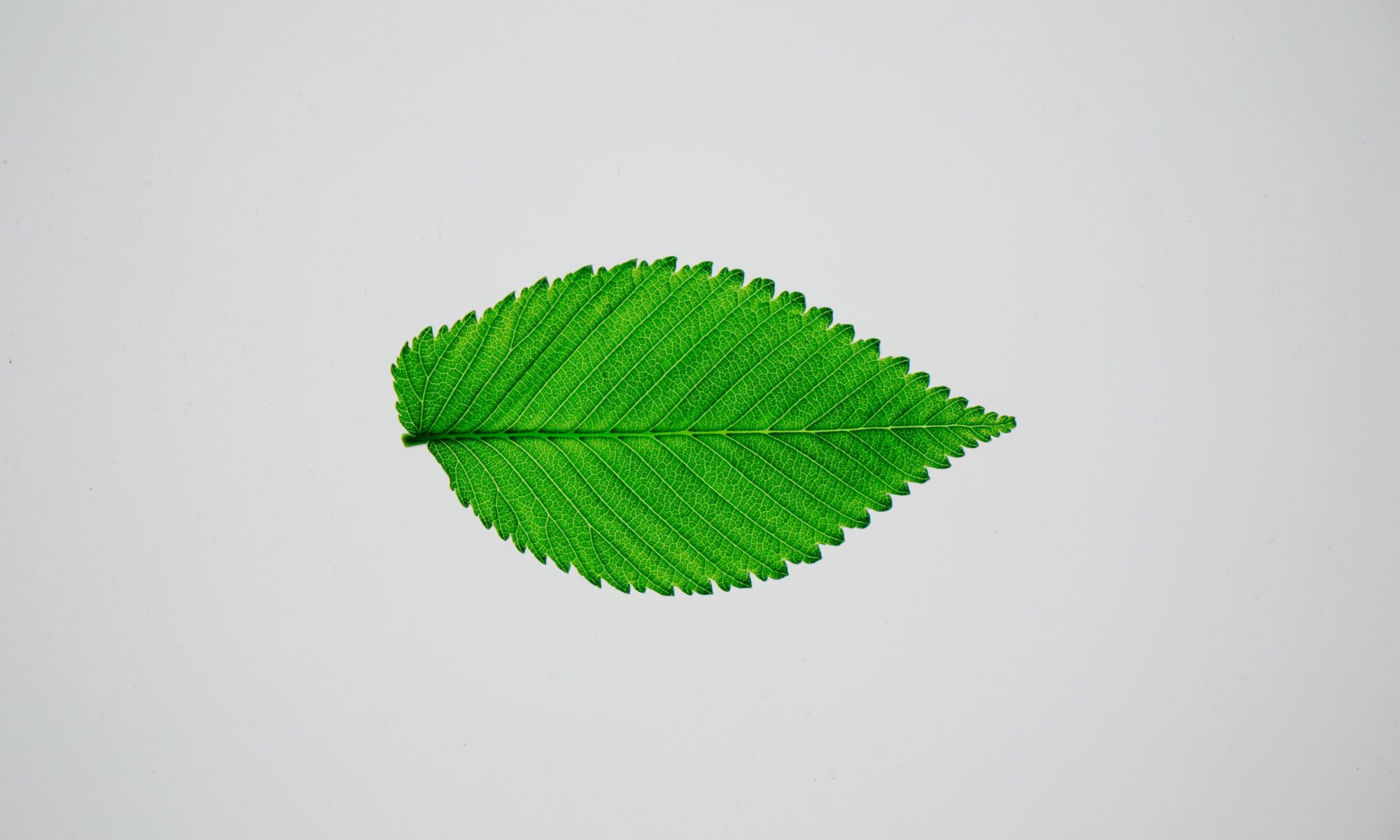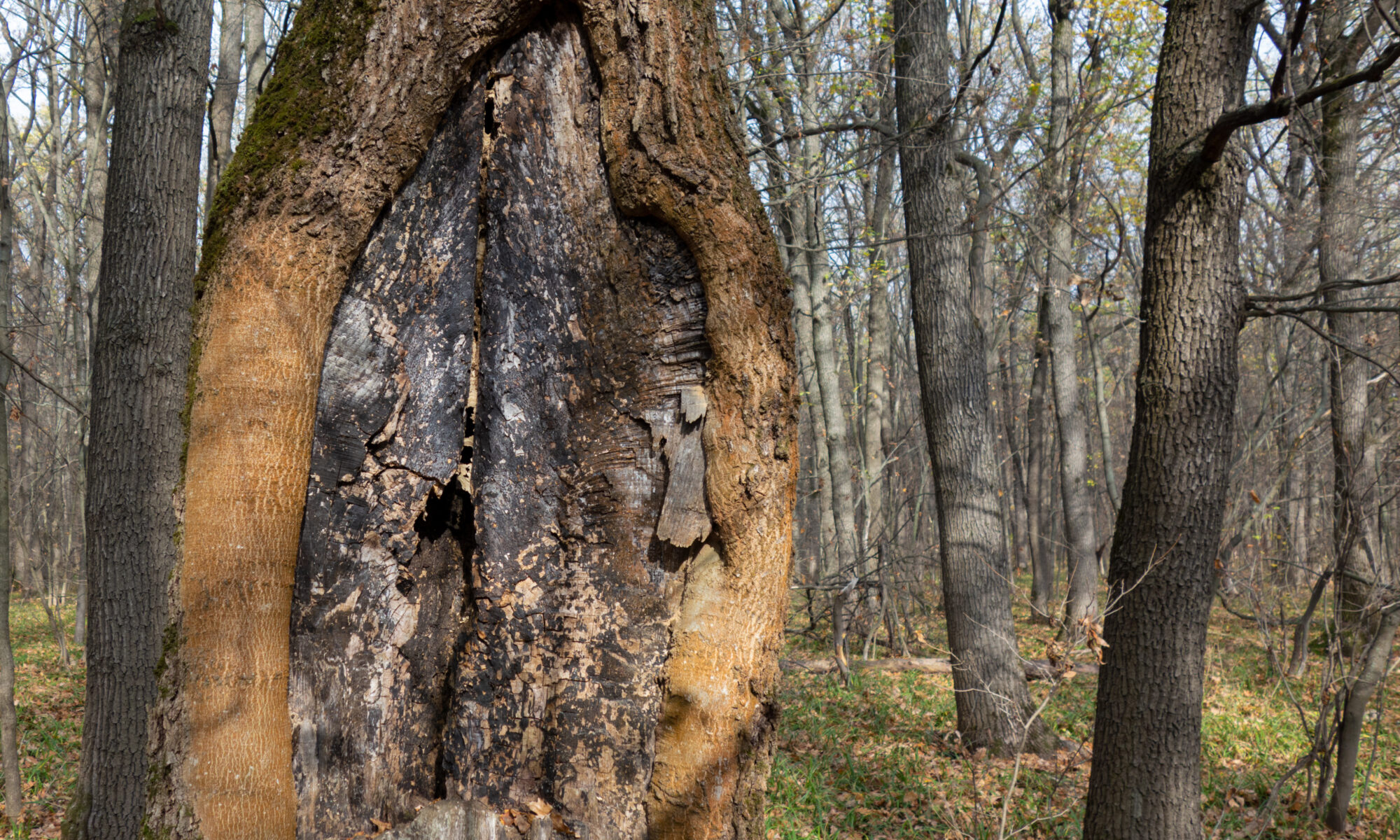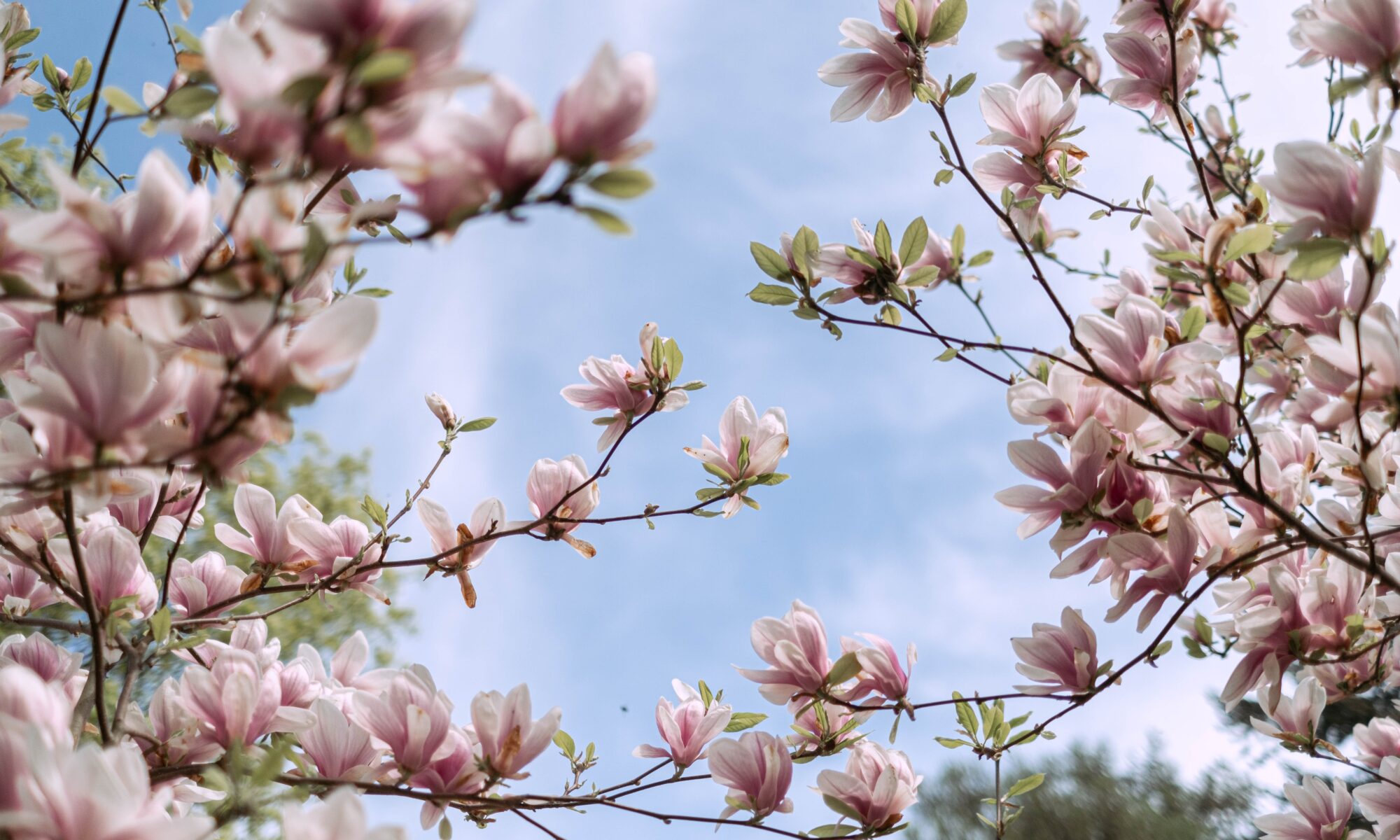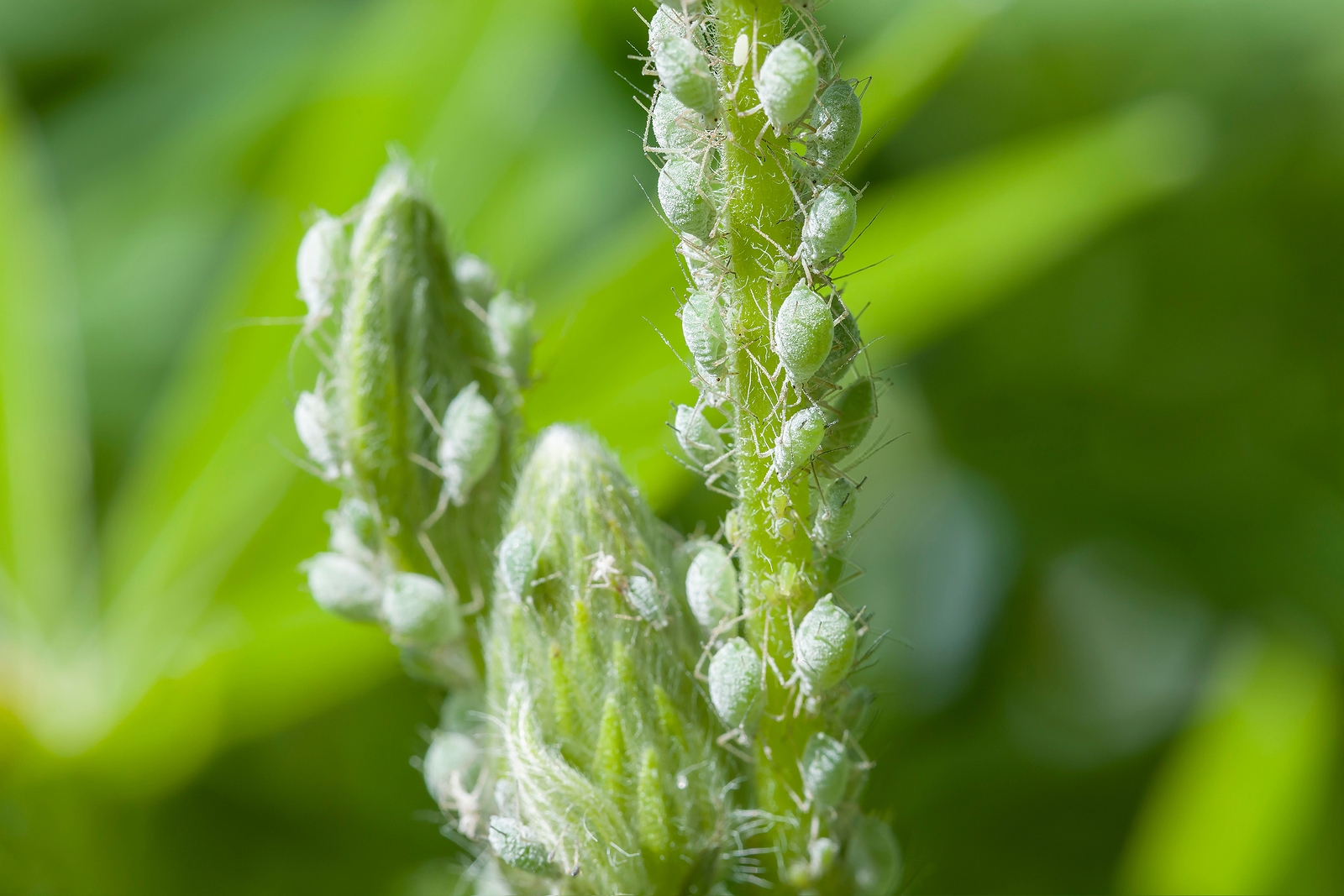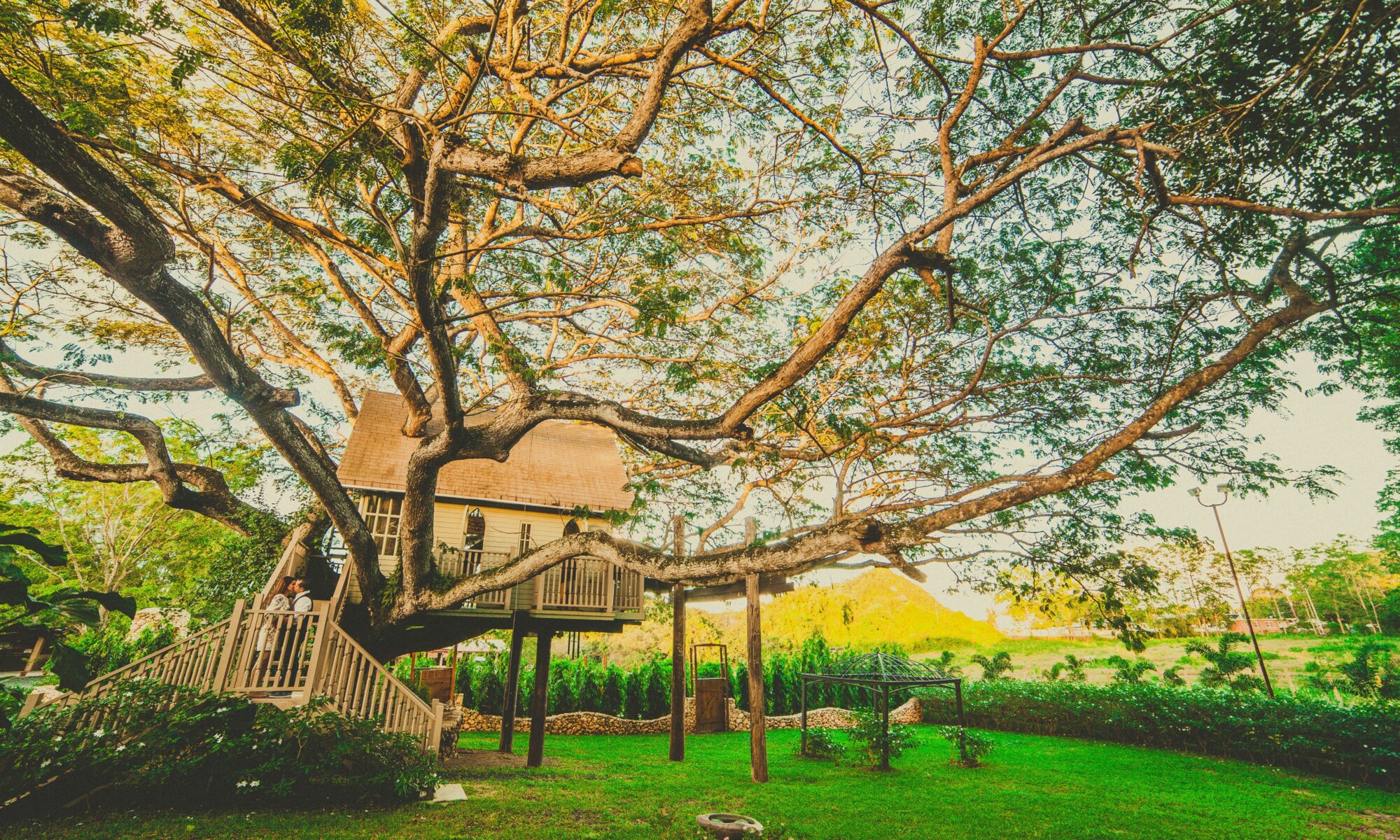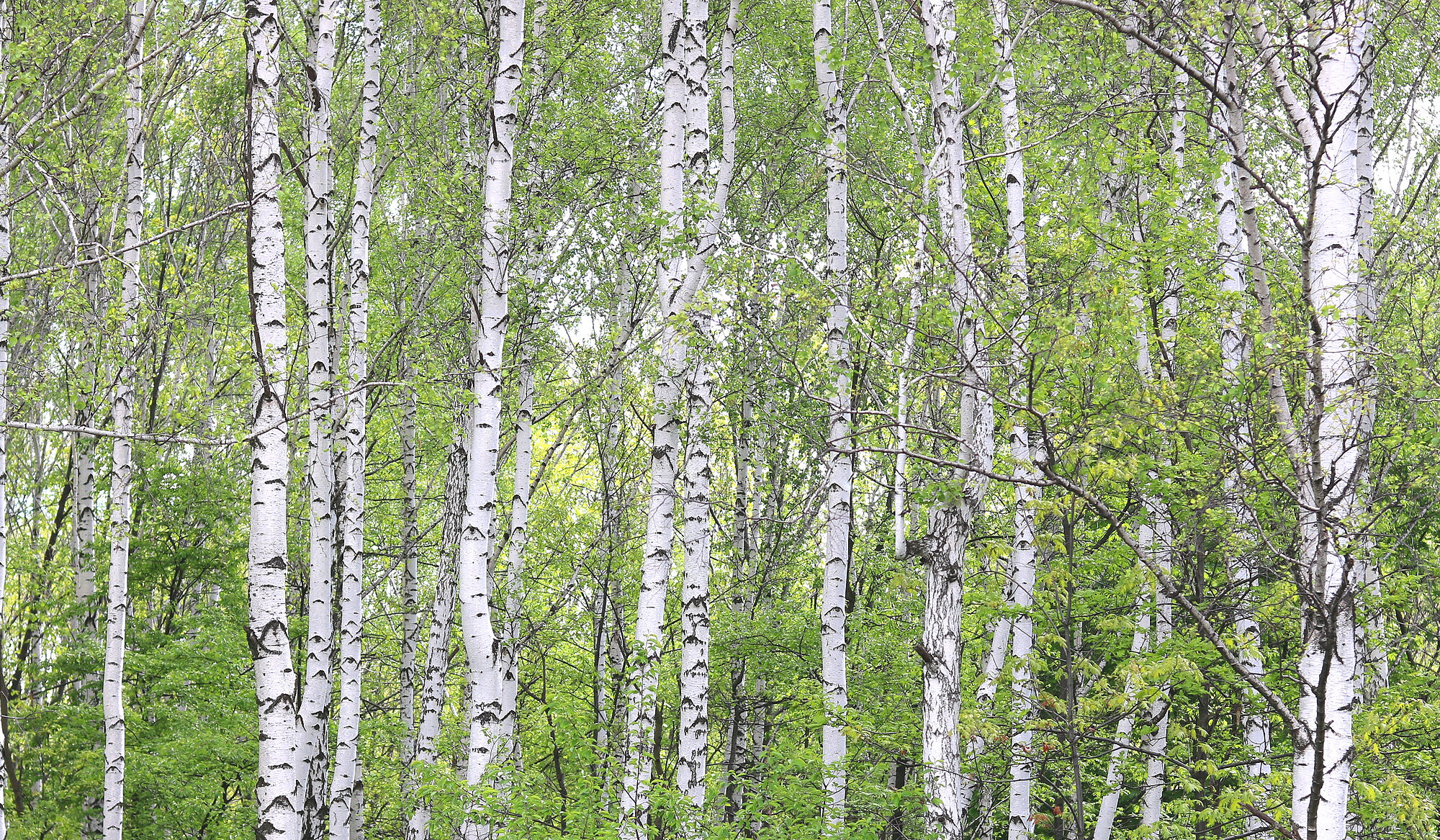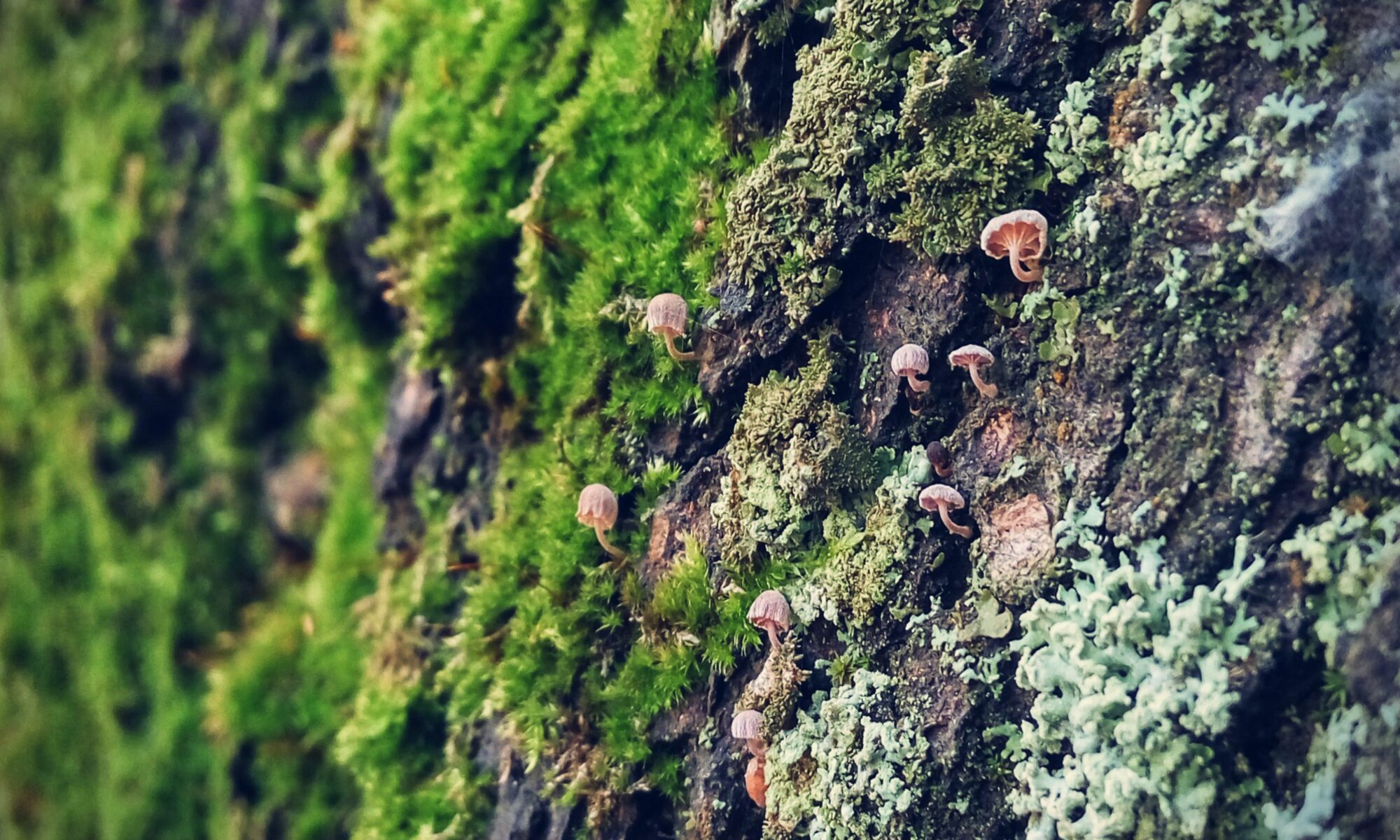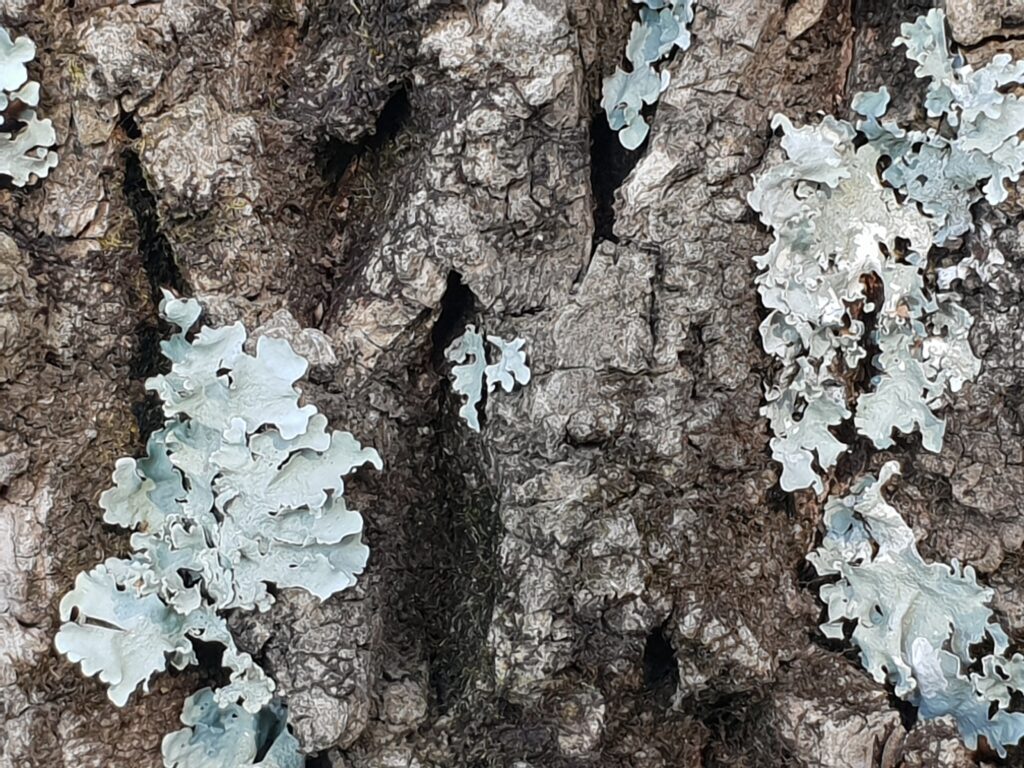There’s a gentle giant in your backyard. It’s grown over the years, standing tall and proud. But what happens when this natural monument starts to compromise the shield of your home insurance policy? This isn’t just a hypothetical scenario; it’s a pressing concern for many homeowners.
This blog explores an often-overlooked aspect of homeownership: how overgrown trees can surprisingly twist the roots of your home insurance policy. Join us as we navigate the tangled branches of insurance policies and tree maintenance.
Understanding the Risks of Overgrown Trees
Physical Damages to Property
- Roof and Structural Damage
Overgrown trees pose a significant risk to the structural integrity of your home. Large branches hanging over the roof can break and fall due to weather conditions like strong winds or heavy snow, leading to costly roof repairs. In severe cases, the weight of overhanging limbs can cause chronic stress on your roof, leading to long-term structural damage.
- Foundation Issues from Roots
Tree roots, while out of sight, should not be out of mind. As they grow, roots can extend far beneath the soil, potentially invading your home’s foundation. This invasion can lead to cracks, leaks, and even severe structural damage, particularly in older homes. The cost of repairing foundation damage can be astronomical, not to mention the potential decrease in your property’s value.
Liability Risks
- Damage to Neighboring Properties
Overgrown trees don’t respect property lines. Branches that extend over neighboring properties can fall and cause damage, for which you may be held liable. This liability extends to structures like sheds, fences, and even vehicles, potentially leading to expensive legal and repair bills.
- Injuries Caused by Falling Branches
Perhaps even more serious than property damage is the risk of injury. Falling branches can cause serious injuries to anyone beneath them, potentially leading to lawsuits. Homeowners can be held responsible for injuries caused by their trees, which can lead to increased insurance premiums and legal costs.
Environmental Concerns
- Impact on Local Wildlife
Overgrown trees can negatively impact local ecosystems. Dense canopies may hinder the growth of ground vegetation crucial for certain wildlife. Moreover, poorly maintained trees can become unstable, posing a threat to nesting birds and arboreal creatures.
- Overgrowth and Disease
Unchecked tree growth often leads to overcrowding, which can weaken trees and make them more susceptible to diseases and pests. Diseased trees not only pose a risk to other plants but can also become more prone to falling, thereby compounding the risks to your property and surroundings.
How Insurance Companies View Overgrown Trees
Increased Risk and Liability
Insurance companies assess risk based on potential threats to your property. Overgrown trees are viewed as liabilities due to their potential to cause damage. Insurers consider factors like the proximity of large trees to your home, the health of the trees, and the likelihood of falling branches or root damage. The greater the perceived risk, the more cautious the insurer becomes in providing coverage.
Potential for Higher Premiums
Higher risk typically translates into higher premiums. If an insurance company determines that overgrown trees increase the risk of damage to your property, they may raise your premiums to offset this risk. In some cases, insurers might require tree maintenance as a condition for maintaining standard rates, emphasizing the direct relationship between tree upkeep and insurance costs.
Cases Where Damages May Not Be Covered
There are scenarios where insurance companies might not cover damages caused by overgrown trees. If an insurer deems that the homeowner has been negligent in maintaining the trees, any damages caused by these trees might be excluded from coverage. This is often the case when homeowners ignore warnings or fail to address known safety hazards posed by their trees.
The Financial Implications
Cost of Tree Maintenance vs. Repair Costs
Investing in regular tree maintenance can be significantly more cost-effective than dealing with the aftermath of neglect. The cost of trimming and maintaining trees pales in comparison to repairing structural damages to your home, legal fees from liability issues, or increased insurance premiums. Proactive tree care is a wise financial decision to avoid hefty future expenses.
Impact on Property Value
Well-maintained trees can enhance your property’s aesthetic appeal and increase its value. Conversely, overgrown, unkempt trees can deter potential buyers and decrease the property’s market value. Prospective buyers or property appraisers often view poorly maintained trees as a sign of neglected property upkeep, which could negatively affect the overall valuation of your property.
Long-term Financial Benefits of Regular Maintenance
Regular tree maintenance has long-term financial benefits. It not only prevents costly damages and keeps insurance premiums in check but also contributes to sustaining your property’s value. Healthy, well-kept trees are assets to your property, whereas neglected trees are liabilities. In the long run, the investment in regular tree care ensures the financial health and safety of your property.
Navigating Insurance Policies
Understanding Your Coverage
Know Your Policy Inside Out: It’s crucial to understand what your home insurance policy covers regarding tree-related damages. Policies vary widely, and the devil is often in the details. Look for specifics about tree damage, such as conditions under which a claim is valid and exclusions that might apply.
Tips for Communicating with Your Insurer
Effective Communication is Key
- Be Inquisitive: Don’t hesitate to ask questions. If certain aspects of your policy are unclear, seek clarification.
- Update Regularly: Inform your insurer of any significant changes in your property, especially concerning tree growth or removal.
- Stay Proactive: Discuss potential risks with your insurer and seek their advice on mitigating them.
Documenting Maintenance for Insurance Purposes
Keep a Visual Log:
- Before and After Photos: Regularly take photos of your trees before and after maintenance. This visual evidence can be invaluable.
- Keep Receipts: Maintain records of all tree maintenance work, including dates and the nature of the services provided.
- Professional Assessments: Periodic reports from certified arborists or tree care professionals can be strong documentation for insurance purposes.
The Role of Tree Maintenance Services
Benefits of Professional Tree Care
Why Go Pro?
- Expertise: Professionals have the knowledge to identify potential problems early.
- Equipment: They have the right tools for safe and effective tree care.
- Efficiency: Professional services can complete the job quickly and safely, reducing the risk of DIY accidents.
How to Choose the Right Service Provider
Selecting Your Tree Care Partner:
- Certifications Matter: Look for services with certified arborists on their team.
- Check Reviews: Research their reputation. Online reviews and testimonials can provide insights into their reliability and quality of work.
- Insurance is Essential: Ensure they have adequate insurance coverage. This protects you in case of accidents during the job.
- Compare Quotes: Don’t just settle for the first option. Get multiple quotes and compare services.
- Ask for References: A reputable company should be able to provide references from previous clients.
By navigating your insurance policy with a keen eye and investing in regular tree maintenance, you’re not just protecting your home; you’re cultivating a safer, more secure environment for your family.
Ready to turn over a new leaf in your property care? Don’t let the complexities of tree maintenance overshadow the joy of your home. Reach out to Sexy Trees, where expertise meets passion in the art of tree care. With our team of certified professionals, your trees will be more than just an aesthetic delight—they will be a testament to your commitment to safety and responsibility. Contact Sexy Trees today, and step into a world where beauty and safety grow together in harmony.
 Bringing Sexy Back Into Your Yards
Bringing Sexy Back Into Your Yards 
